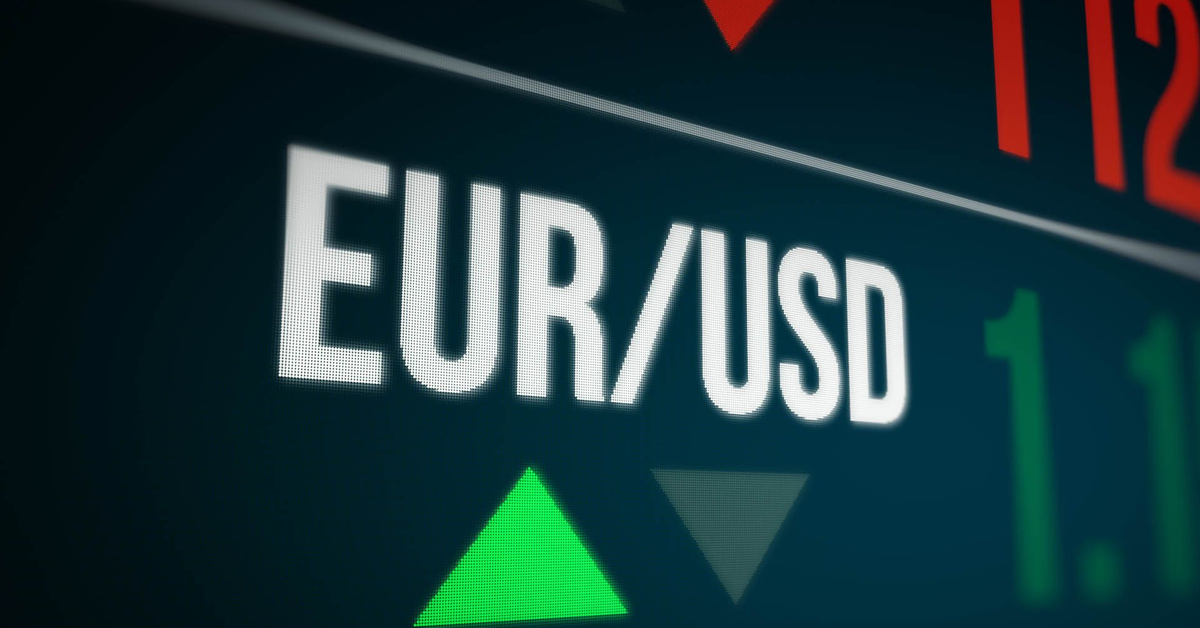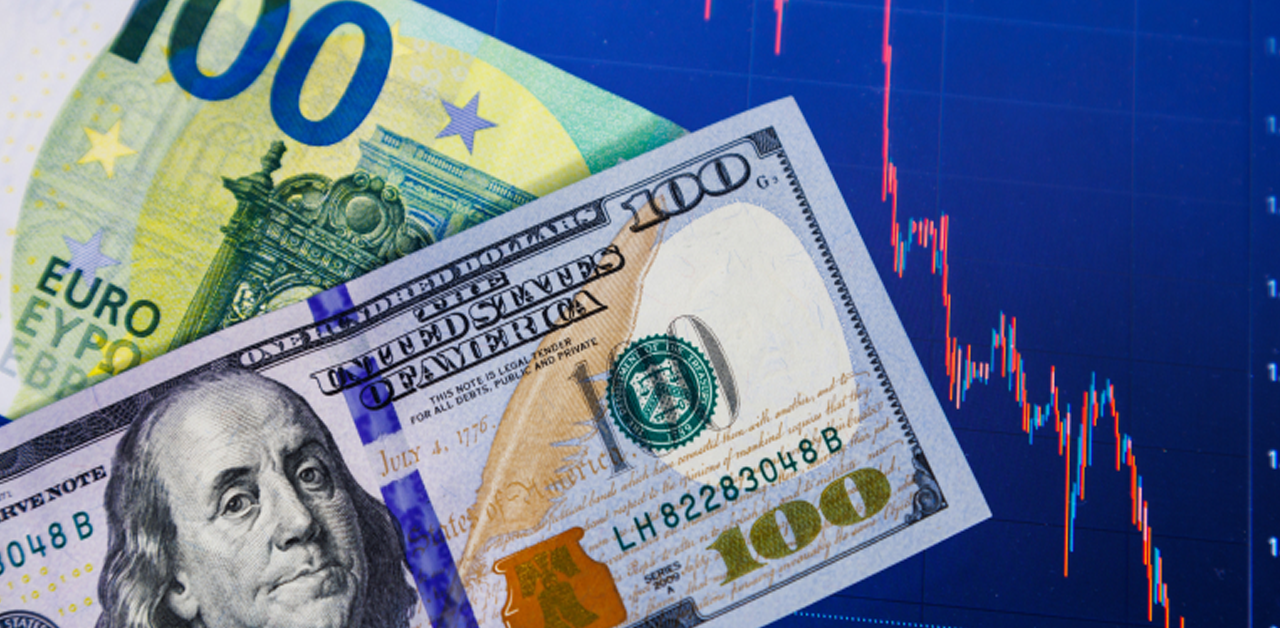EUR/USD Hovers Near Mid-August Lows, Remains Vulnerable Around 1.0975
The EUR/USD pair starts the week on a subdued note, consolidating last week’s sharp losses, which brought it to its lowest level since mid-August following strong US employment data on Friday. The pair is currently trading around the 1.0975 level, looking vulnerable to further declines after pulling back from a 14-month high, just above 1.1200.
The US Dollar (USD) remains strong, hovering near a seven-week high, as traders reduce expectations of a significant interest rate cut by the Federal Reserve (Fed) in November. This shift follows unexpectedly robust US jobs data, which showed 254,000 jobs added in September, far surpassing expectations. Additionally, the Unemployment Rate dropped unexpectedly to 4.1%. These figures point to a resilient US labor market, and stronger-than-expected wage growth has reignited inflation concerns, dampening hopes for aggressive rate cuts by the Fed.
Currently, the market is pricing in a 95% probability that the Fed will reduce interest rates by 25 basis points at the conclusion of its two-day policy meeting on November 7. Meanwhile, geopolitical tensions in the Middle East have further supported the USD Index (DXY), which tracks the dollar against a basket of currencies, marking its best weekly performance since September 2022. In contrast, the euro is weighed down by expectations that the European Central Bank (ECB) will cut rates in October due to slowing inflation and economic growth.
These expectations were reinforced by ECB Governing Council member François Villeroy de Galhau, who suggested that weak economic growth could lead to inflation falling below the 2% target, warranting a rate cut in October. This outlook continues to pressure the EUR/USD pair and suggests further downside risks. Any short-term recovery attempts are likely to be viewed as selling opportunities, with a high likelihood of being short-lived.












